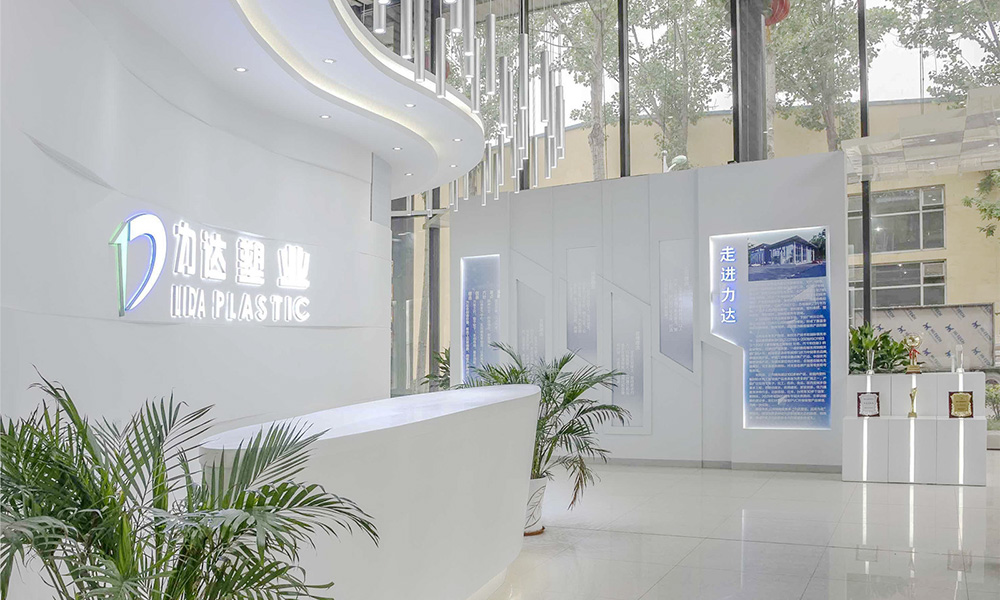okt . 31, 2024 06:45 Back to list
pvc pipe
The Versatility and Benefits of PVC Pipes
Polyvinyl chloride (PVC) pipes have become a quintessential component in modern construction and plumbing due to their remarkable characteristics and versatile applications. First introduced in the 1930s, PVC has undergone significant evolution to become one of the most widely used materials in the piping industry. Its lightweight structure, durability, and cost-efficiency make it an ideal choice for a variety of applications, from residential plumbing to large-scale industrial projects.
The Versatility and Benefits of PVC Pipes
Another significant benefit of PVC pipes is their ease of installation. PVC is lightweight compared to traditional materials such as steel or concrete. This characteristic not only simplifies transportation and handling but also allows for quicker installations, which can reduce labor costs significantly. The piping can be easily cut, joined, and assembled using solvent cement, which creates strong, leak-proof connections. Furthermore, the flexibility in design and size options of PVC pipes means that contractors can customize their usage according to specific project requirements, making it an adaptable solution for various applications.
pvc pipe

In addition to the practical benefits, PVC pipes also offer environmental advantages. While some might be concerned about the impact of plastics, PVC itself is recyclable. Many recycling programs can repurpose old PVC piping, minimizing waste and promoting sustainability. As manufacturers continue to innovate, the development of new technologies to produce more eco-friendly PVC products is on the rise. This trend aligns with global efforts to enhance sustainability in construction and reduce the overall carbon footprint.
Despite its many advantages, it’s essential to consider the limitations of PVC pipes. For example, they may become brittle under extreme temperatures, and thus their use is not recommended in conditions where they may be exposed to prolonged ultraviolet light or extreme cold. However, advancements in UV-resistant coatings and insulation solutions are helping to mitigate these challenges, further broadening the scope of PVC applications.
In conclusion, PVC pipes represent a critical evolution in the field of plumbing and construction due to their outstanding durability, cost-effectiveness, and environmental benefits. Their versatility allows them to serve a plethora of functions, from carrying potable water to drainage and irrigation systems, solidifying their place as a staple in modern infrastructure. As technology progresses and the push for sustainable solutions continues, PVC pipes are likely to play an increasingly significant role in the future of construction and environmental conservation. With numerous advantages, it is clear why PVC has become a preferred material in the industry.
-
High Quality PVC Rigid Sheet (Embossed Surface) for Industrial Use
NewsJul.25,2025
-
High Quality PVC Soft Sheet for Flexible Applications | Durable & Customizable
NewsJul.24,2025
-
High-Quality UPVC Water Supply Pipe for Durable Plumbing Solutions
NewsJul.23,2025
-
High-Quality PVC-M Water Supply Pipe for Reliable Plumbing Solutions
NewsJul.22,2025
-
High-Quality PVC Transparent Pipe with Clear Visibility & Durability
NewsJul.22,2025
-
Premium Wireless Headphones: Noise Cancelling & Long Battery | Order Now
NewsJul.21,2025

